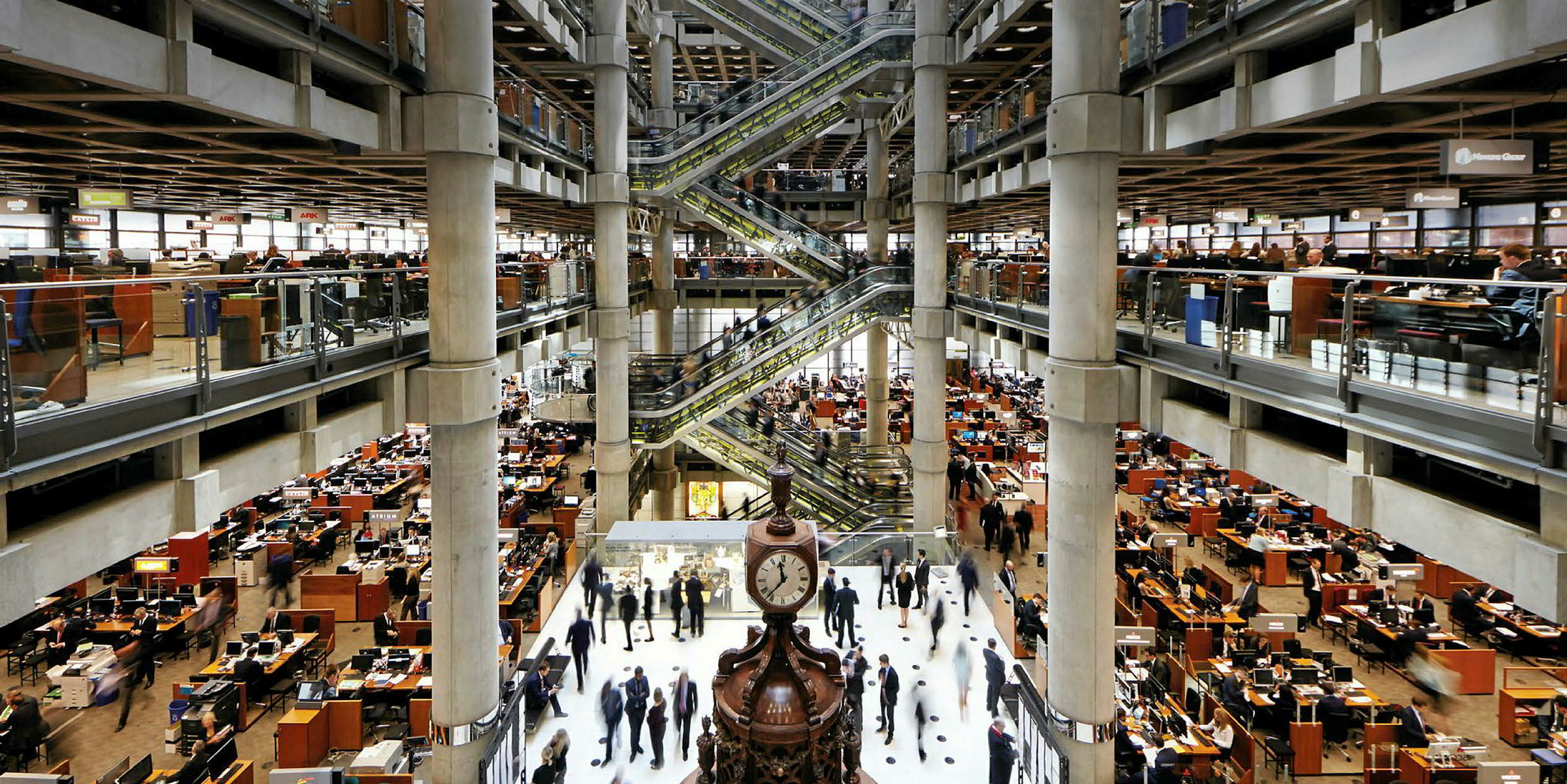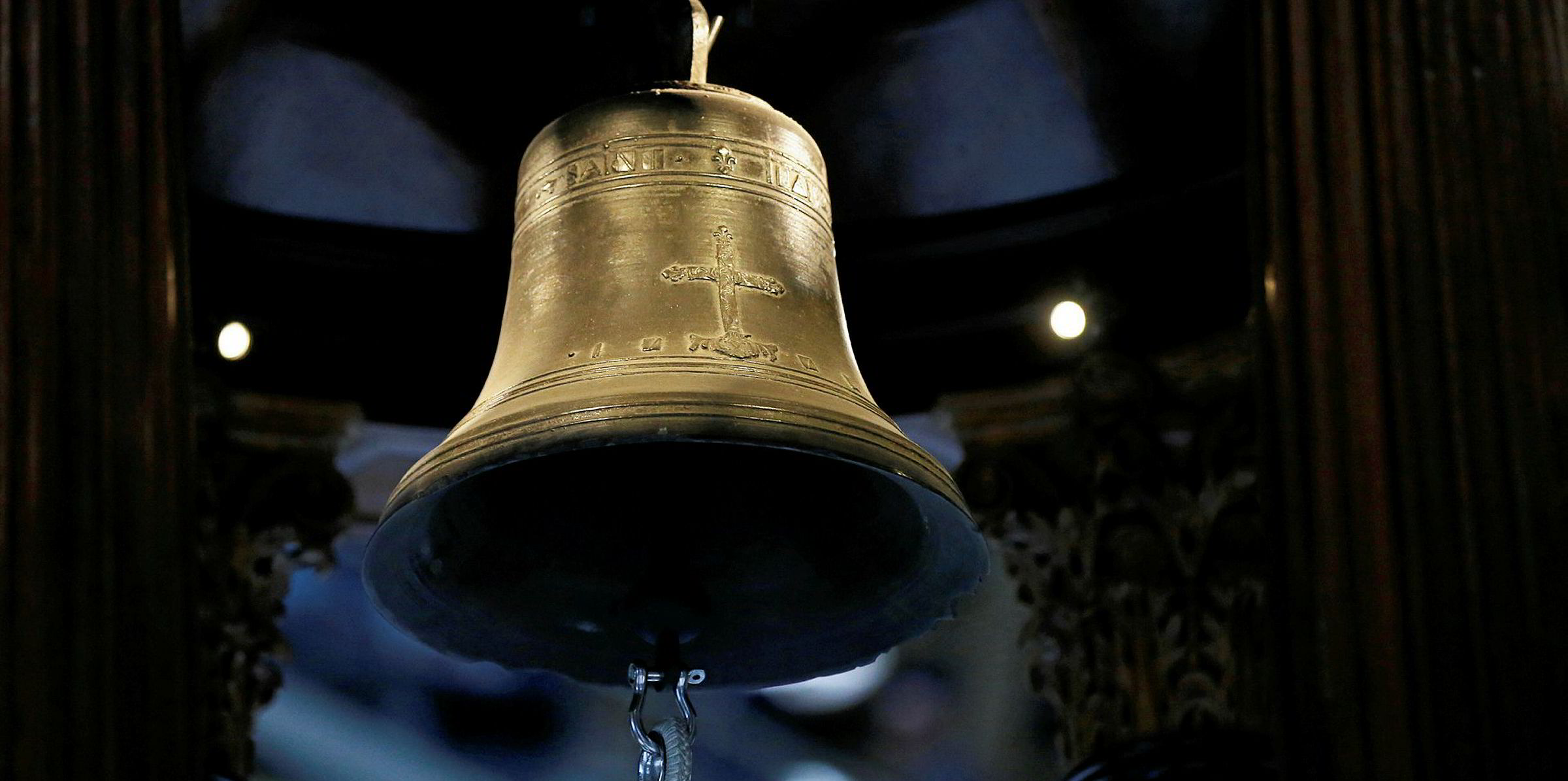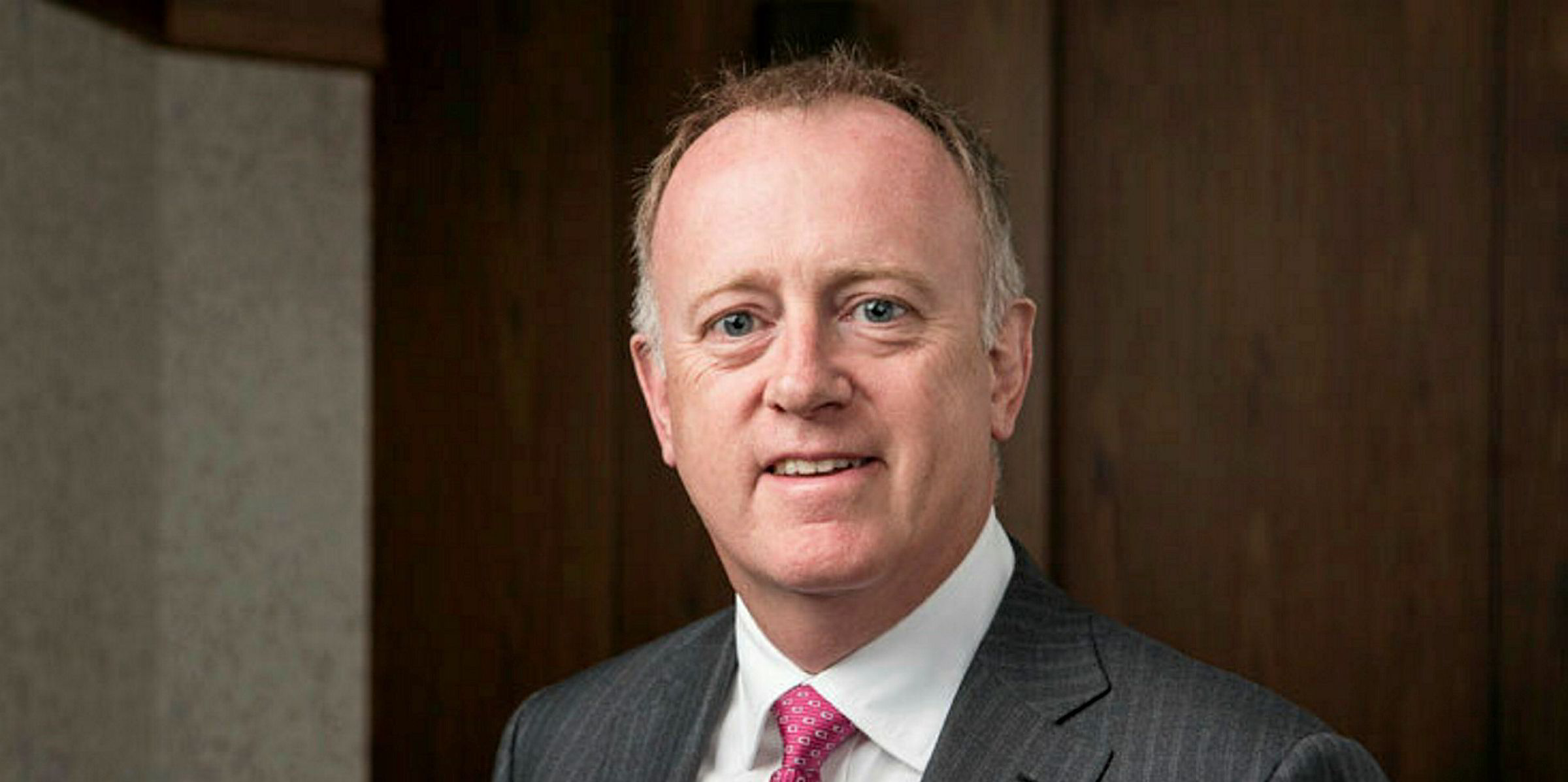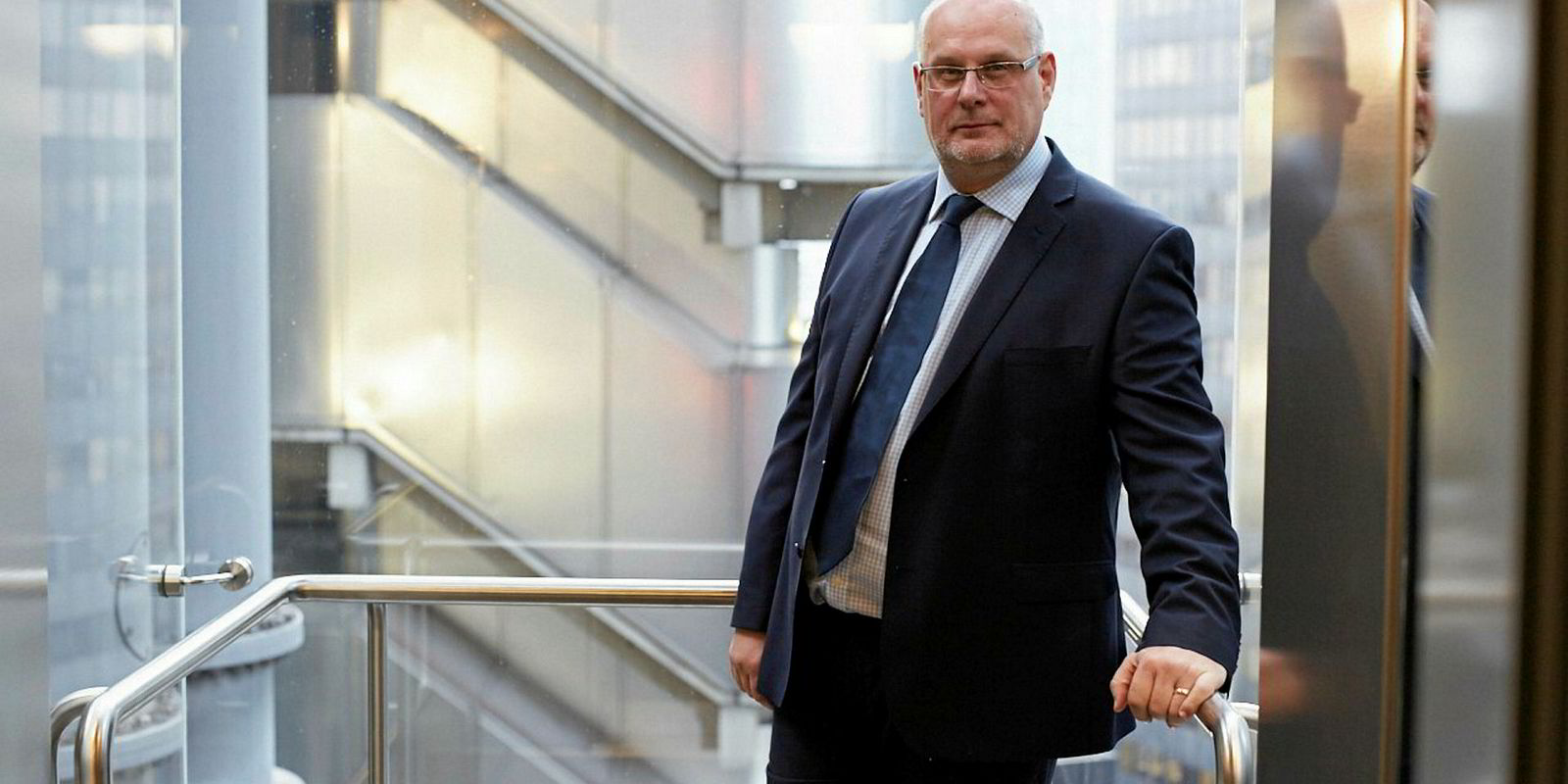The Lutine Bell still hangs in ceremonial splendour in the underwriting room of Lloyd’s of London, a historic reminder of the global insurance market’s maritime heritage and tradition.
But the bell itself is no longer rung as it once was to signal to brokers and insurers that a ship had been lost or returned safe.
That is because the 160-year-old bell is now sadly cracked — cracked like the market it has come to symbolise.
Those cracks run deep. The Lloyd’s market reported a loss of £1bn ($1.3bn at today’s exchange rate) in 2018 and a £2bn loss a year earlier, largely down to greater numbers of major natural catastrophes. Continued losses in hull underwriting added to the woes.
Too much underwriting capital depressing rates for high-risk cover is never going to make for good business. Add to that the persistently high cost base at Lloyd’s, reluctance to modernise and widely acknowledged cultural problems with drinking and sexual harassment, and you have a toxic mix.
It is an old-school City of London culture utterly out of place with today’s global insurance market, which is rapidly standardising and digitising.
Only assertive action is likely to help the 331-year-old insurance market now.
Last week, new chief executive John Neal announced the latest phase of his modernisation plan. His self-proclaimed "bold new strategy" is a blueprint to cut costs and improve service from Lloyd’s through rapid digitalisation and new streamlined processes.

Neal’s proposals include a Lloyd’s Risk Exchange, where less-complex risks — including some marine cargo lines — could be “placed in minutes for a fraction of today’s costs”.
Costs today can run at up to 40% of premium income at Lloyd’s, but Neal says they should be around half that to be competitive.
More-complex risks will be handled on a separate platform that would enable greater efficient digital placement.
The ideas, many of which have been raised in different forms previously but not followed through, will now go to market participants for consultation before a planned roll-out this autumn.
Grappling with the need to modernise, the business practice at Lloyd’s is only one of the cracks in the market that Neal is grappling with.
A recent Bloomberg expose found 'a deep-seated culture of sexual harassment' and quoted one market insider as describing it as 'basically a meat market'
The others are cultural, but no less serious for that.
His predecessor, Inga Beale, who led Lloyd’s from 2014 until her departure last autumn, took a high-profile stance to boost diversity, including the launch of the Inclusion@Lloyd’s programme. She won plaudits as a leading LGBT executive and was made a Dame in the UK's New Year Honours in 2017.
You're barred!
In early 2017, Lloyd’s banned its own staff from drinking while working between 9am and 5pm, in line with many other insurance companies that have discouraged it.
Last summer, it even relaxed the rules on men having to wear ties in the underwriting room, something most of the rest of the world did many years ago — even that neighbouring bastion of traditional City values, the Baltic Exchange.
But Beale's modernising push met resistance from within Lloyd’s, despite it being clear that a laddish culture was still commonplace. Lloyd’s lost another senior woman executive last November when chief operating officer Shirine Khoury-Haq departed.
In March this year, Bloomberg published a criticalexpose of Lloyd’s headlined The Old Daytime Drinking, Sexual-Harassing Ways Are Thriving at Lloyd’s. It found “a deep-seated culture of sexual harassment” and quoted one market insider as describing it as “basically a meat market”.
Lloyd’s responded within weeks by introducing a “modernised” code of conduct that gives it power to ban people under the influence of alcohol or illegal drugs from entering the building. It also pledged to set up a harassment and bullying hotline to help victims report abuse.
Even its in-house bar will morph into a coffee house, reminiscent of Lloyd’s roots in a 17th century coffee shop.
The cracks in the Lutine Bell are not going to be repaired. Today, it is a symbolic relic of a bygone age and only rung on ceremonial occasions.
If the Lloyd’s market is not going to go the same way, then the repairs to the cracks in its own structure and culture need to be deep and sustainable.





